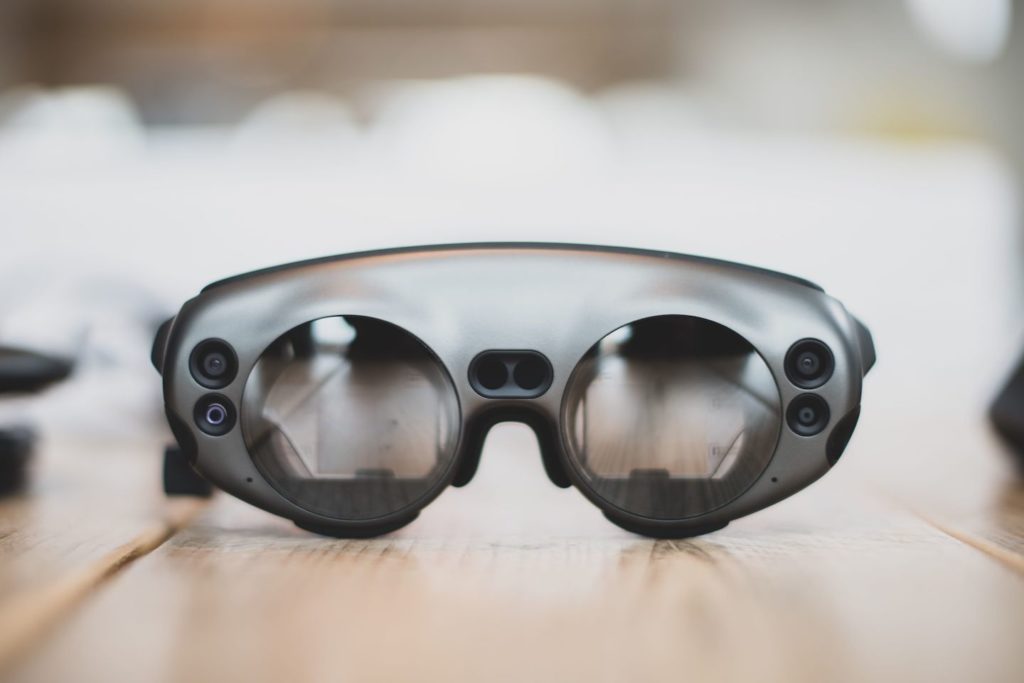Upcycling as fashion and cyber security

As far as fashion goes, whether digital or not, upcycling will never go out of style.
For cyber security purposes, the notion of continual cyclic procession is as effective as being in vogue with clothes.
Now with advances in textiles, the correspondent computational upcycle movement can operate in tandem, without hassle.




